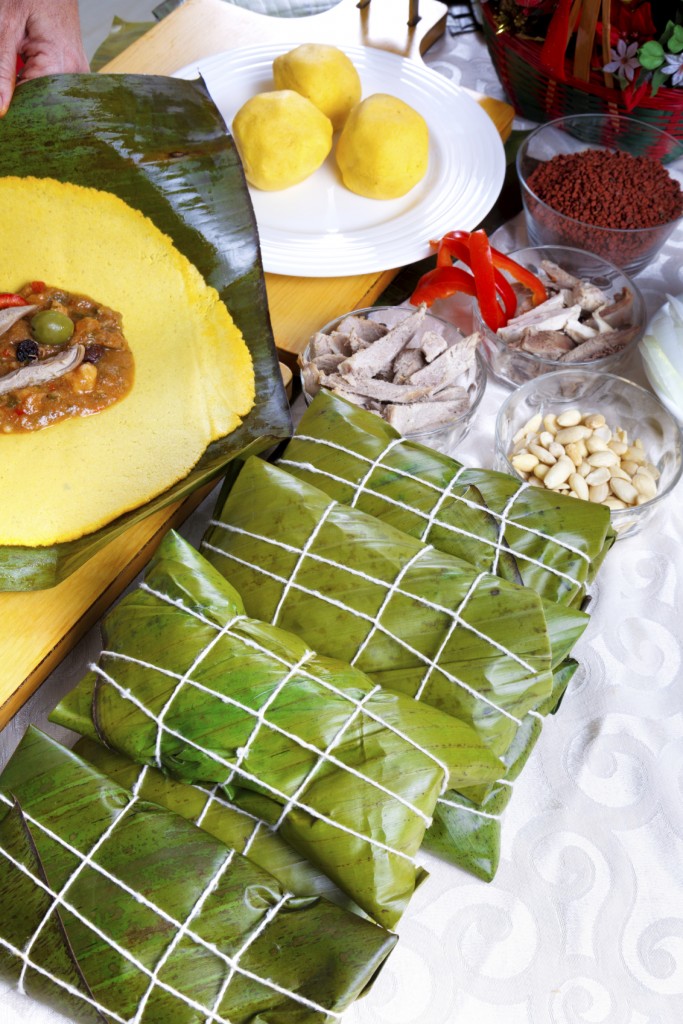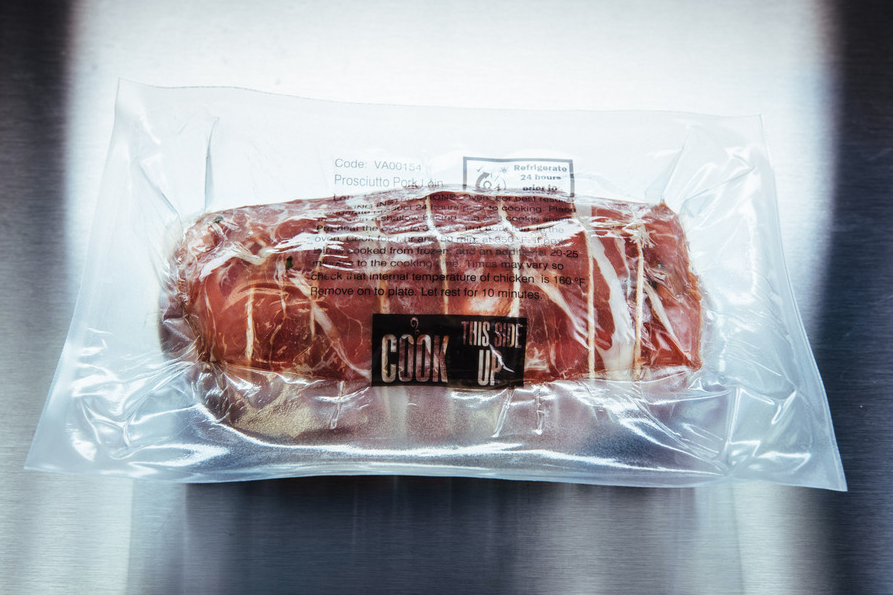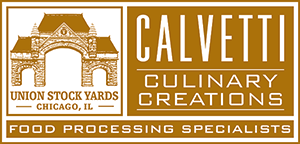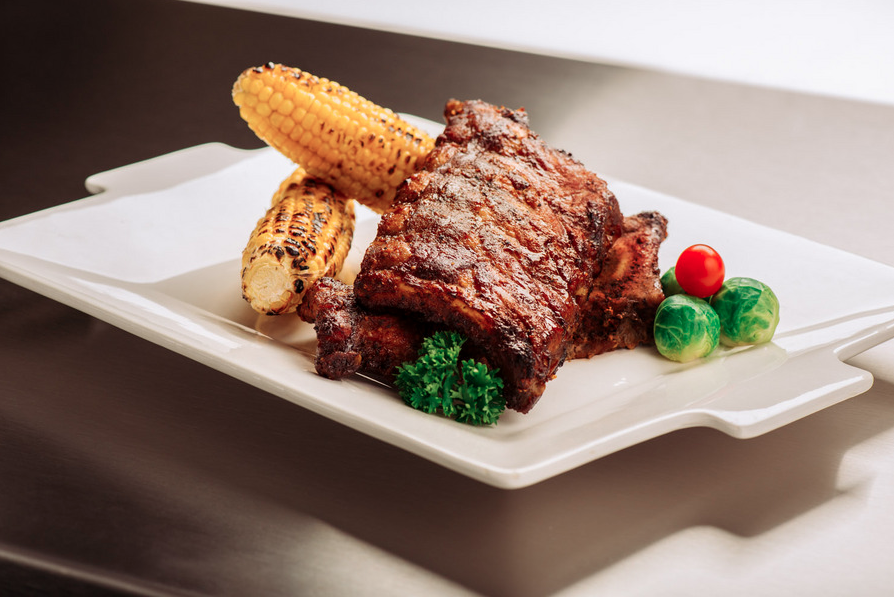Veteran food-marketing researcher, Harry Balzer said in a New York Times interview, “A hundred years ago, chicken for dinner meant going out and catching, killing, plucking and gutting a chicken. Do you know anybody who still does that? It would be considered crazy! Well, that’s exactly how cooking will seem to your grandchildren: something people used to do when they had no other choice. Get over it.”
Yes, the evolution of cooking methods is unavoidable. And the evolution of the sous vide method is revolutionary – it has old roots yet it’s gone through many creative iterations and it is still being improved with new technologies.
When and where we have better choices, we should go for them. Let’s take high temperature-enabled, vacuum packaging cooking film or TEPC. Cooking in pouches is a practice with a rich and diverse history and TEPC is new technology that improves an older cooking method.

One of the oldest methods of cooking throughout the world is wrapping food in leaves to be steamed or roasted. The food could be cooked over an open fire, over hot coals, or even baked in a clay oven. This method was used world-wide: banana leaves in India and Southeast Asia, grape leaves in the Mediterranean, and corn husks in Central America and Mexico are a few examples. The leaves were used to add flavor to the food, to prevent burning, to keep in juices and moisture, and to keep the food from falling apart. The banana leaf, in particular, was used for the particular tea-like taste and fragrance it adds to food. In Mexico, cornhusks were used to create tamales (which stems from the word tamal, referring to different types of leaf wrapped food), a treat we all enjoy to this day.
The practice of cooking in pouches then found its way to France by the mid-17th Century, with the advent of cooking en papillote. Meaning literally “in parchment”, food is wrapped in a paper pouch or parcel. This method ensured thorough, even cooking, and locked in delicate and delicious aromas and flavors. Cooking en papillote was a perfect edition to the French style Haute Cuisine. Favoring a bit of flair, the process of placing the sealed pouch on the dining table, then revealing the steaming treats inside, added just the right amount of drama and ceremony to the Haute meal. En Papillote even found its way to America in the mid-19th Century, with Antoine Alciatore’s Pompano en Papillote, a dish that epitomized grand Creole cooking at the legendary New Orleans restaurant Antoine’s.
In the early 1900s chefs took the concept of en papillote a step further and started experimenting with “en papillote sous vide,” or “cooking in a vacuum cocoon.” The benefits of the sous vide method quickly won over the foodservice industry. The hermetically sealed sous vide package allows for more efficient cooking than traditional cooking, since it allows more heat to surround the product, less heat dissipation, thus more heat transferred over to the food being cooked. Secondly, since the hermetical seal doesn’t allow bacterial transfer with the exterior, the cooking process leads to a type of pasteurization. Long story short, sous vide brought together the ability to perfect the taste of food, in an efficient, convenient and safe way.
Cooking in pouches continues to be popular today. Using leaves or parchment paper can still be found in many restaurants and home kitchens throughout the world. The health benefits of cooking food in this way are now apparent, and many are using this method to make extremely flavorful, yet low fat meals. And well-known chefs, such as Jean-Georges Vongerichten and Jean-Louis Palladin, use the technique regularly in their restaurants.

IFC is proud to continue this tradition by adding a high tech touch to the “en papillote sous vide” method with high temperature enabled, vacuum packaging cooking film (TEPC). TEPC makes it possible to put food directly into the oven in its packaging, cooking food in the same way leaves and parchment have been used in the past, but with added convenience.
With this new technology, no extra steps or additional work are needed to prepare the food before cooking. The meals can be pre-cooked and quickly made ready-to-serve on demand. TEPC also allows the meal to retain its flavor and look and requires minimal handling and cleanup. TEPC is the next step in the evolution of cooking in pouches, carrying on a grand tradition that has endured for centuries.
Do you have any recipes or stories involving cooking with a pouch? Tell us in the comments below or contact us.

